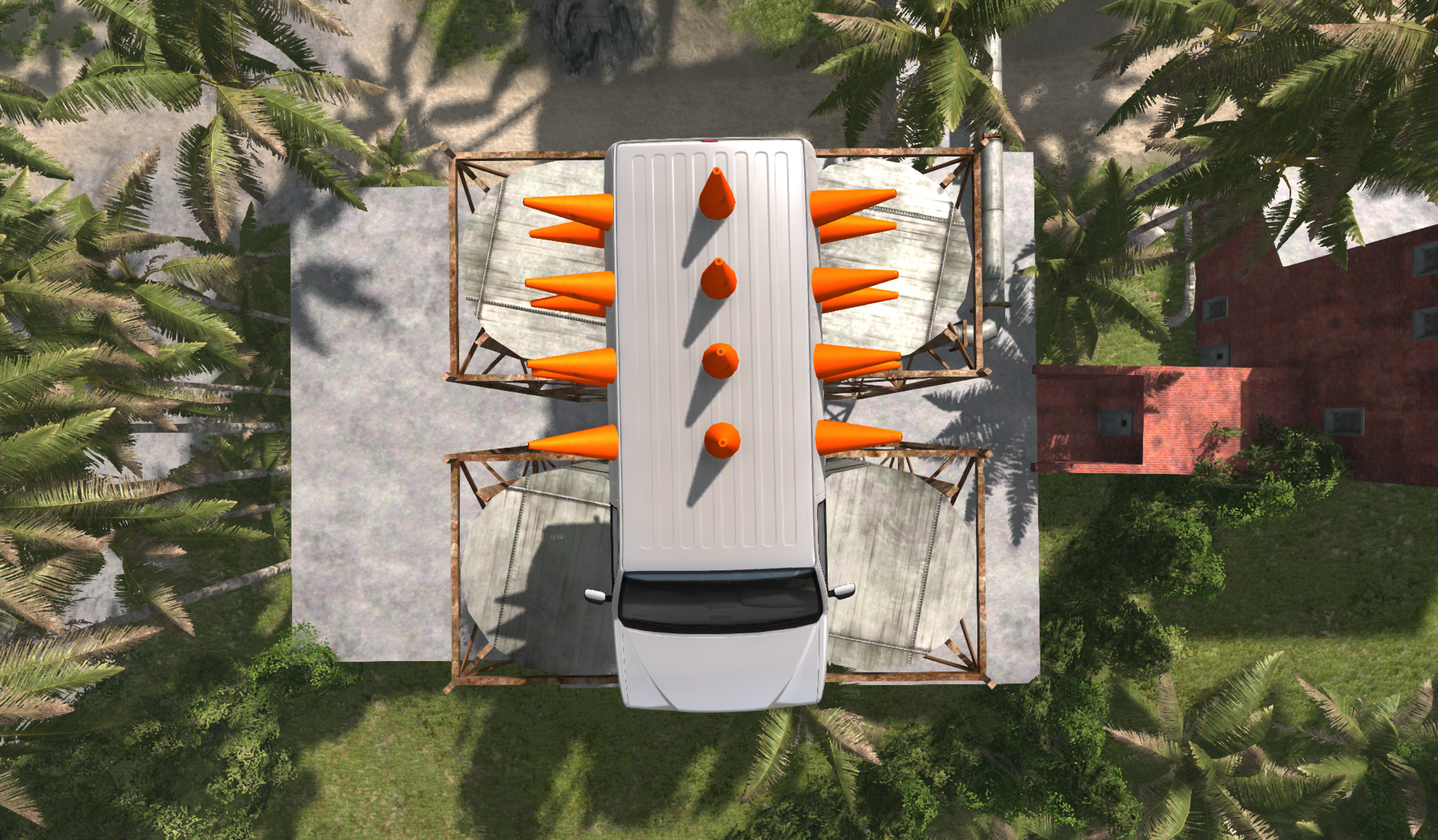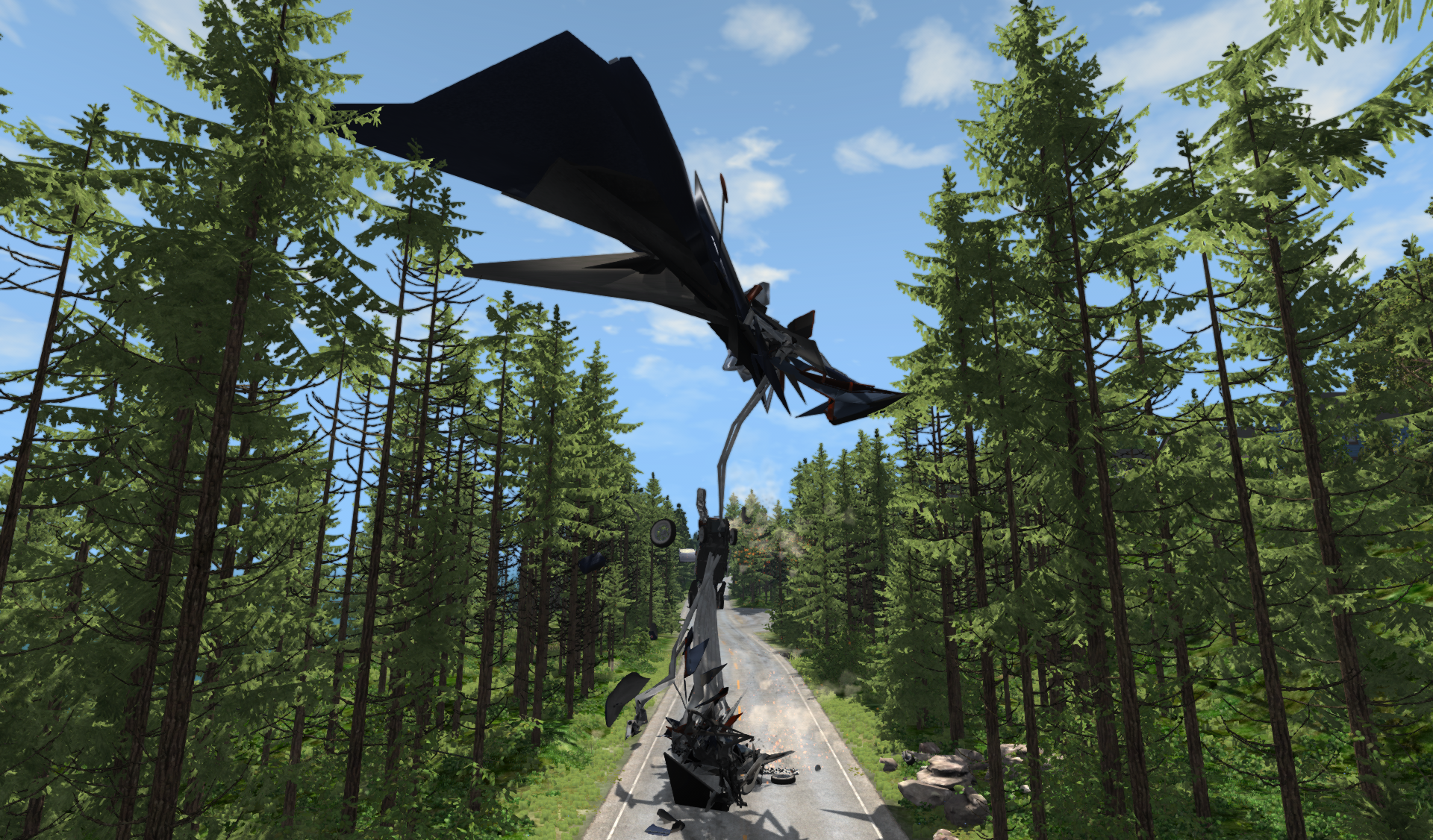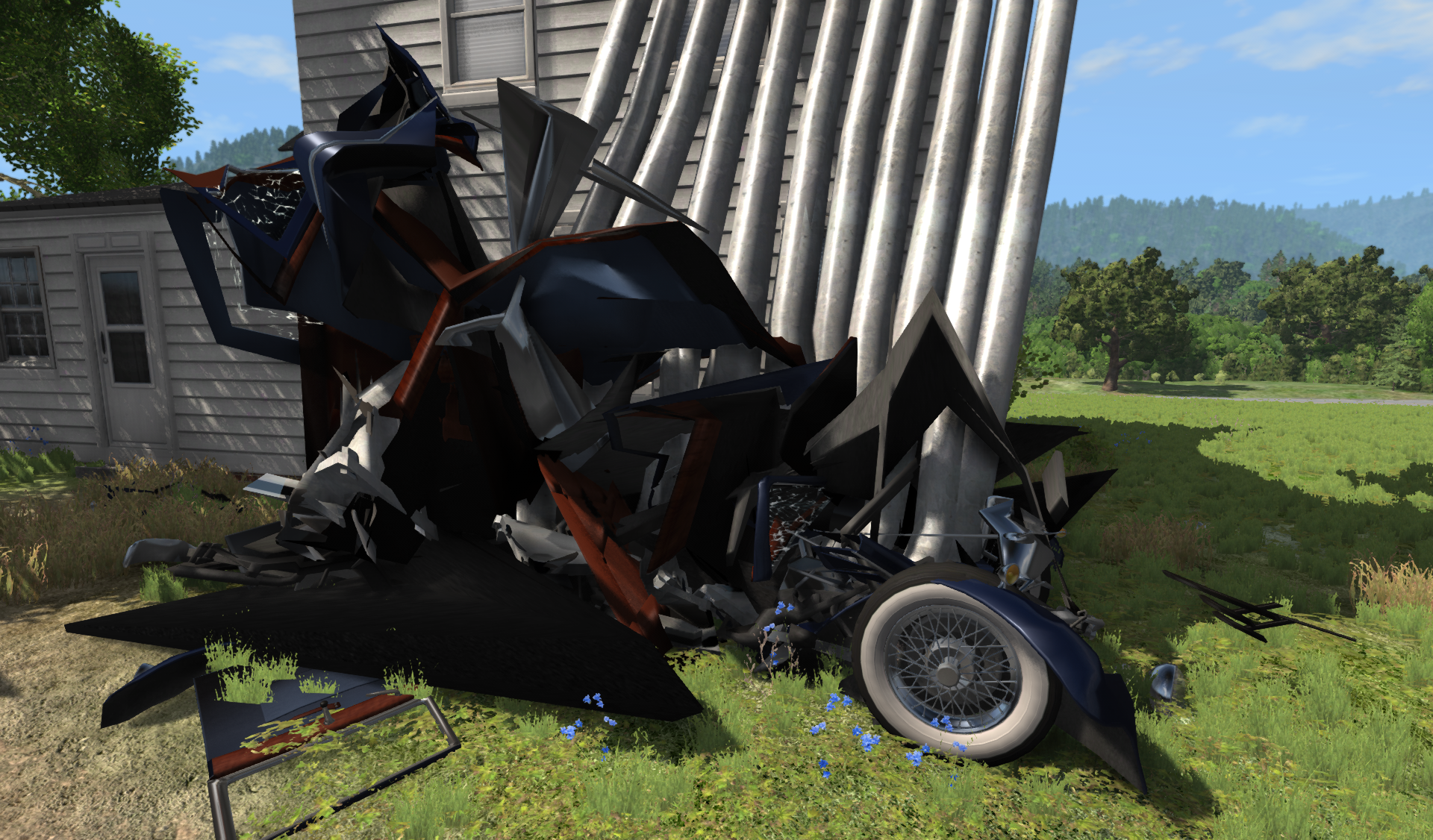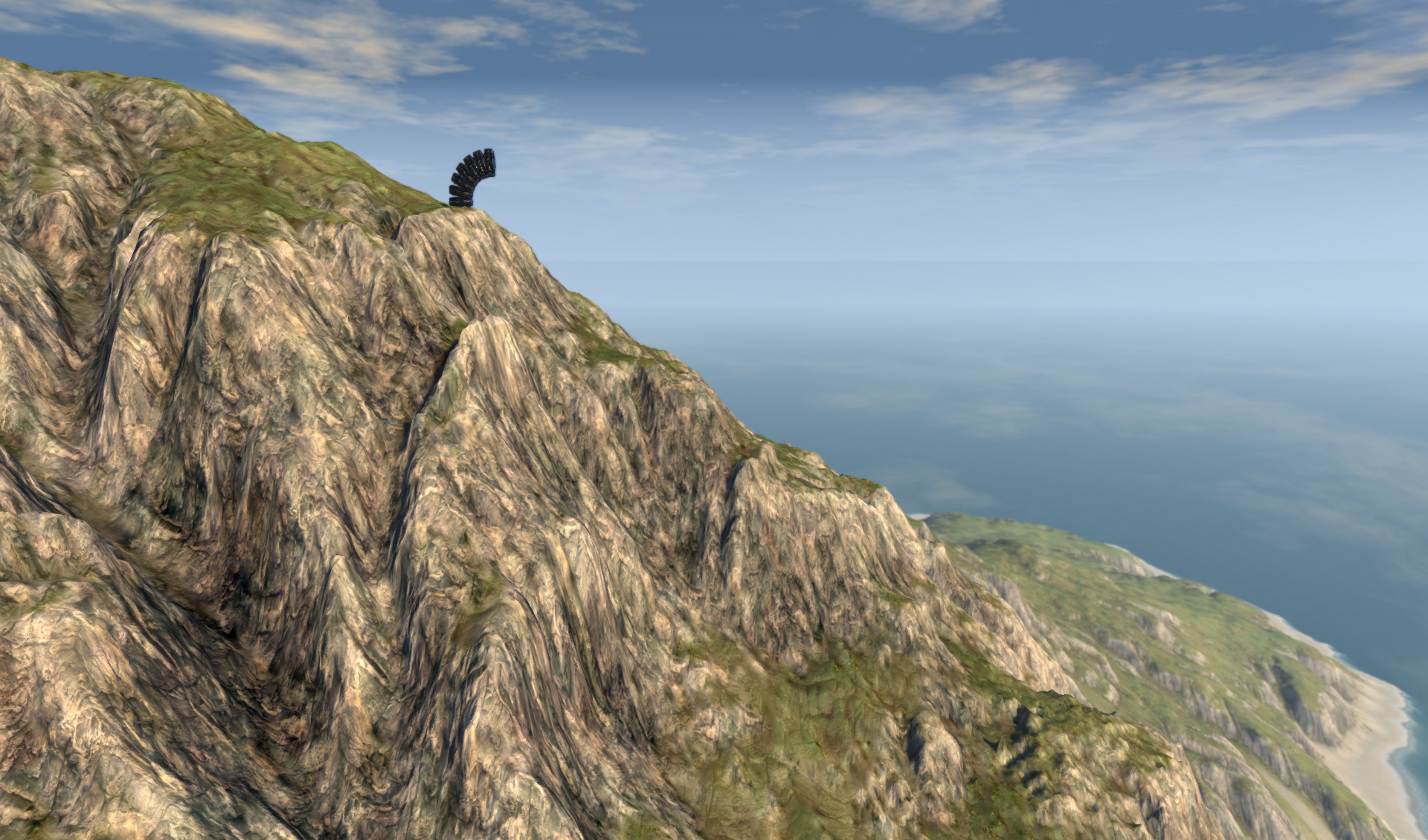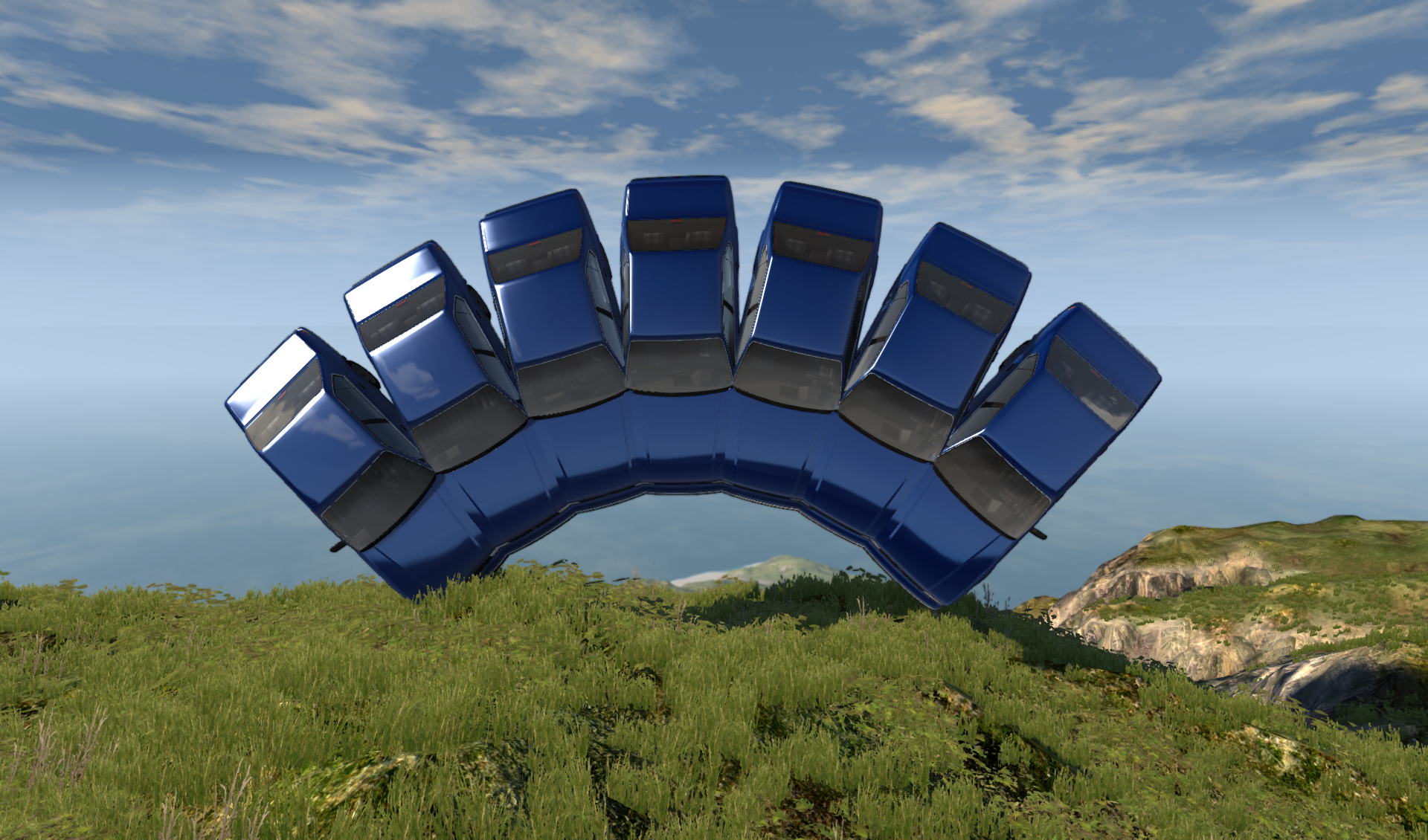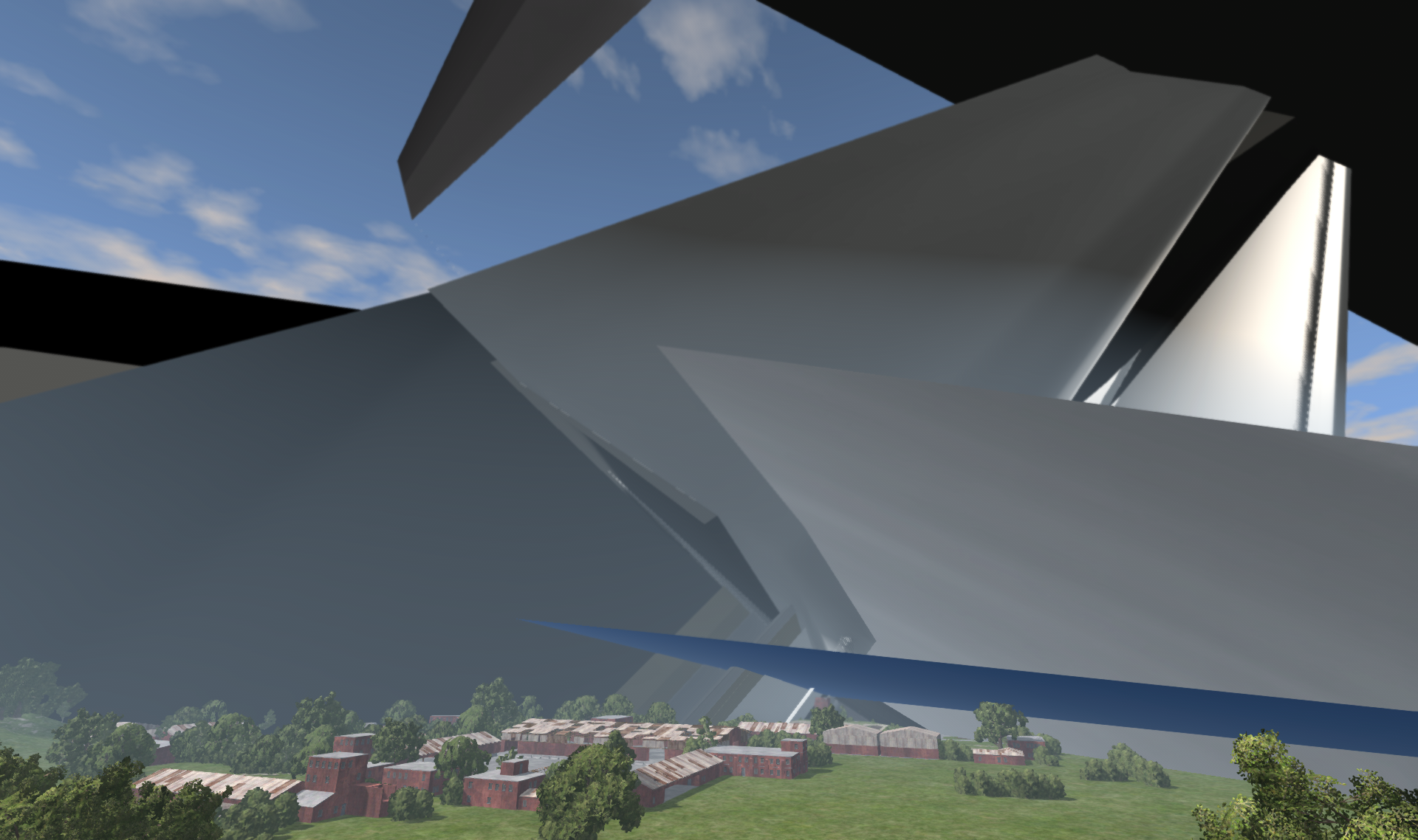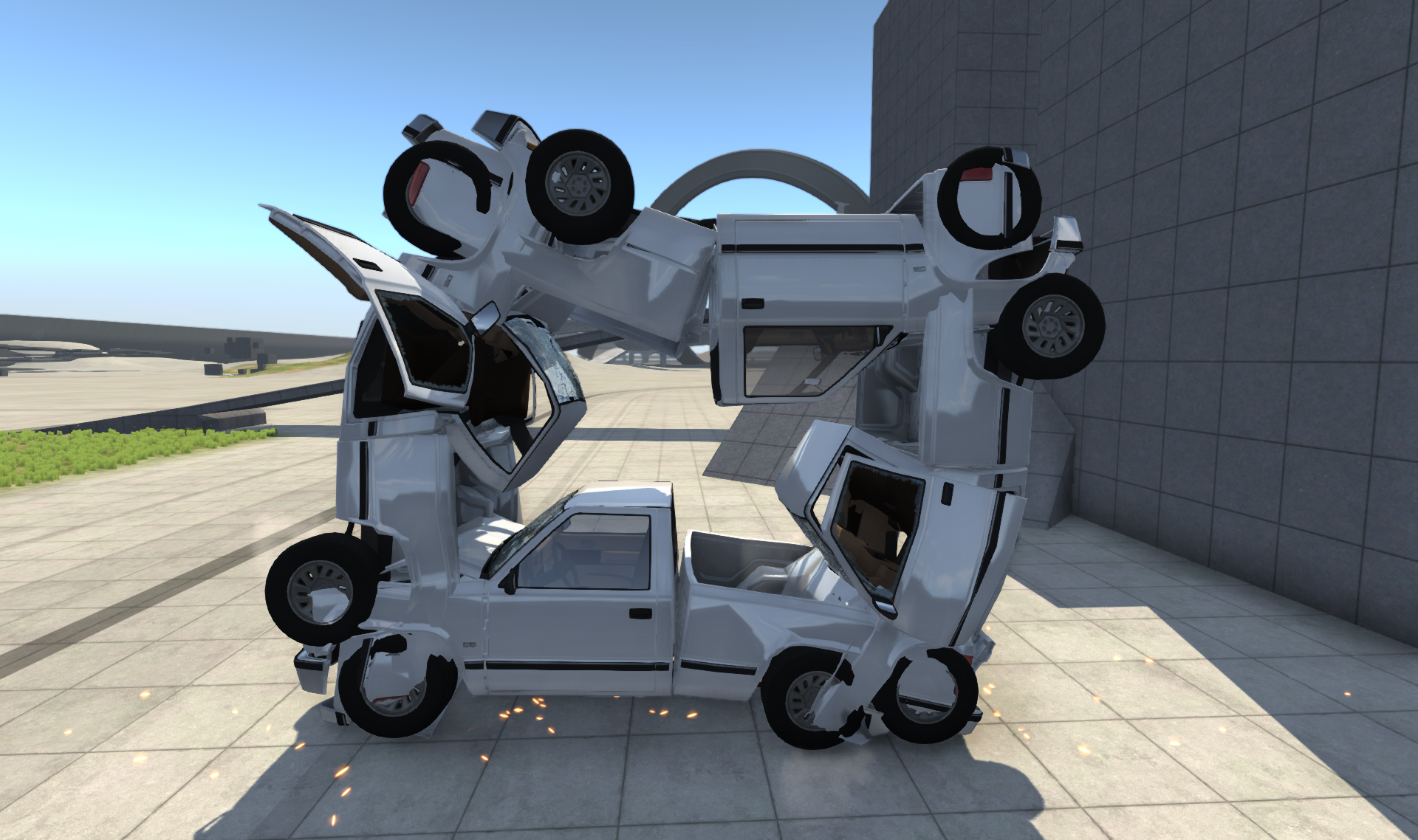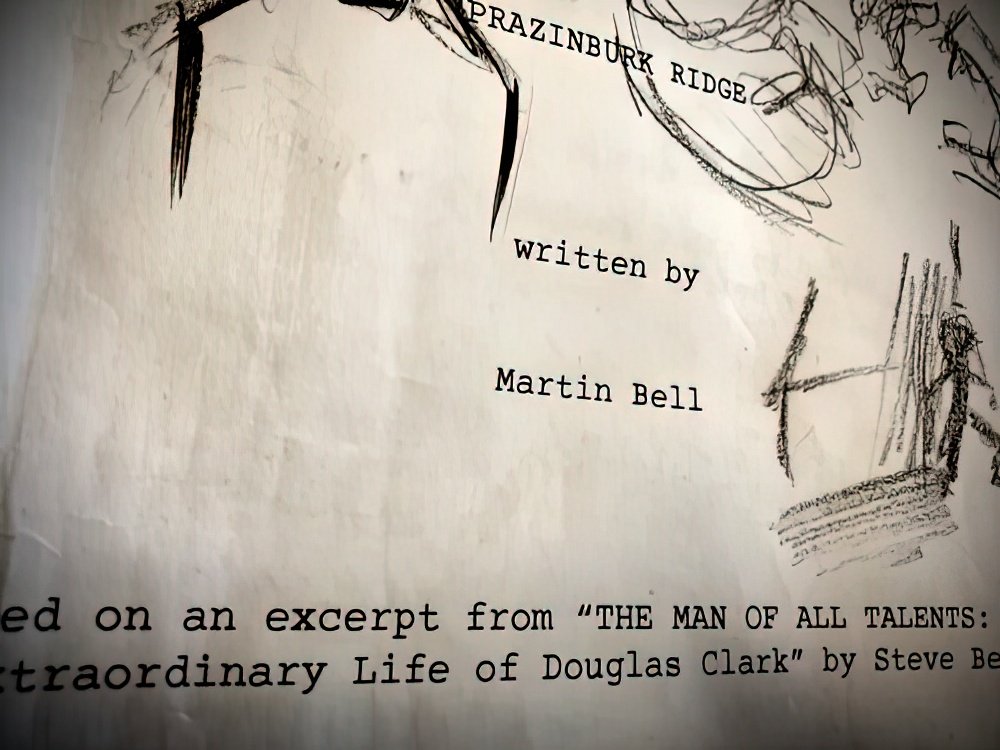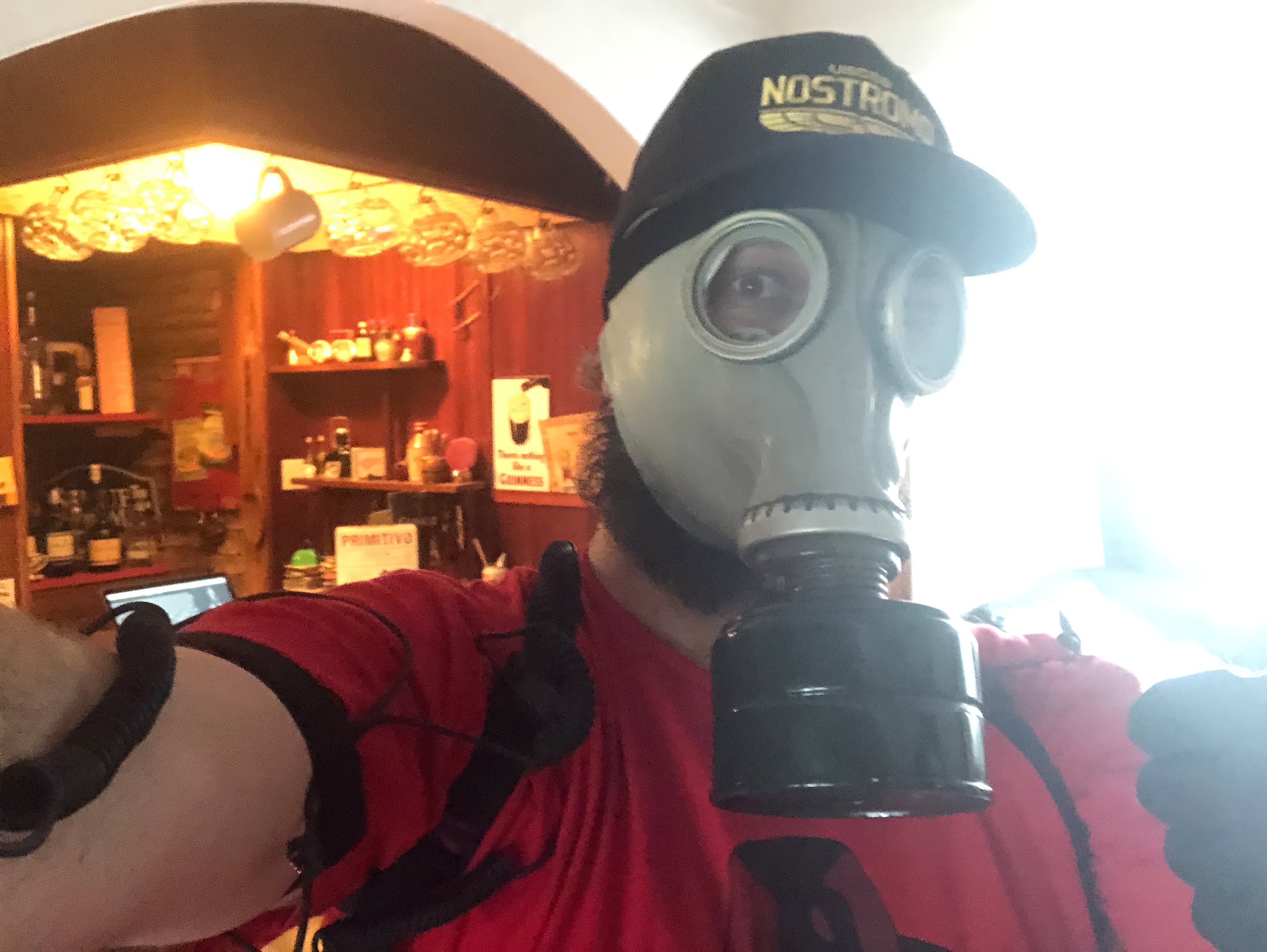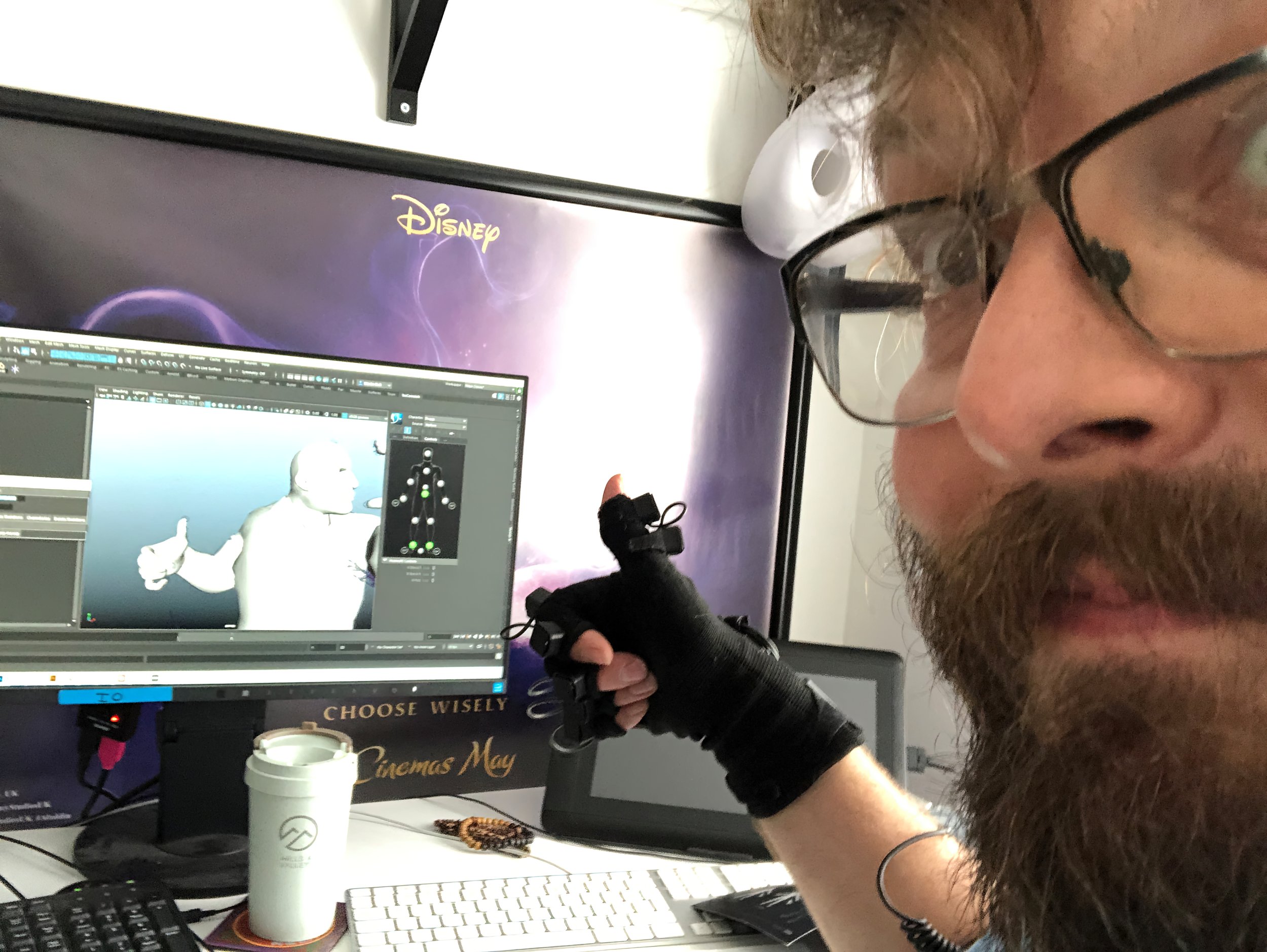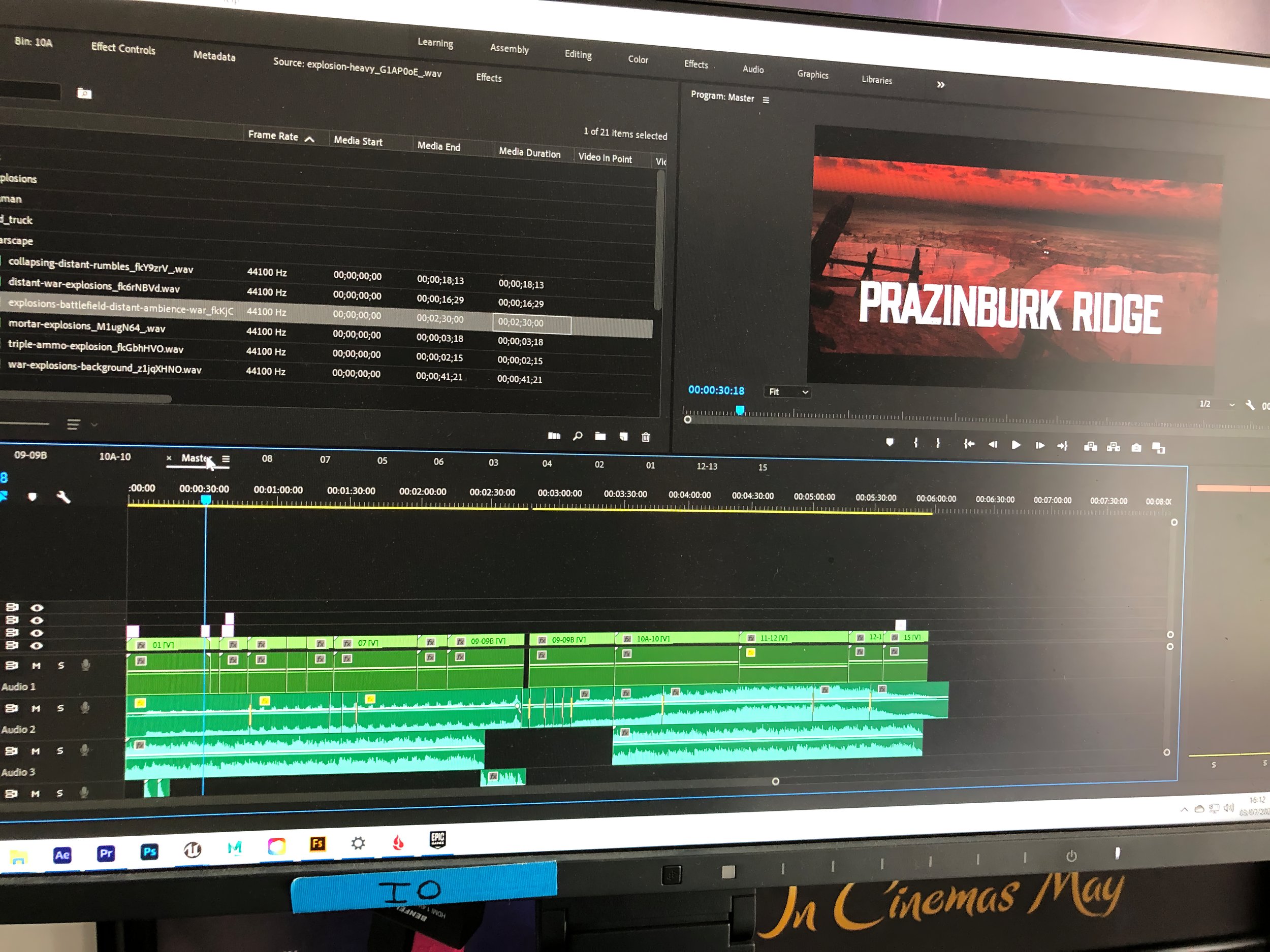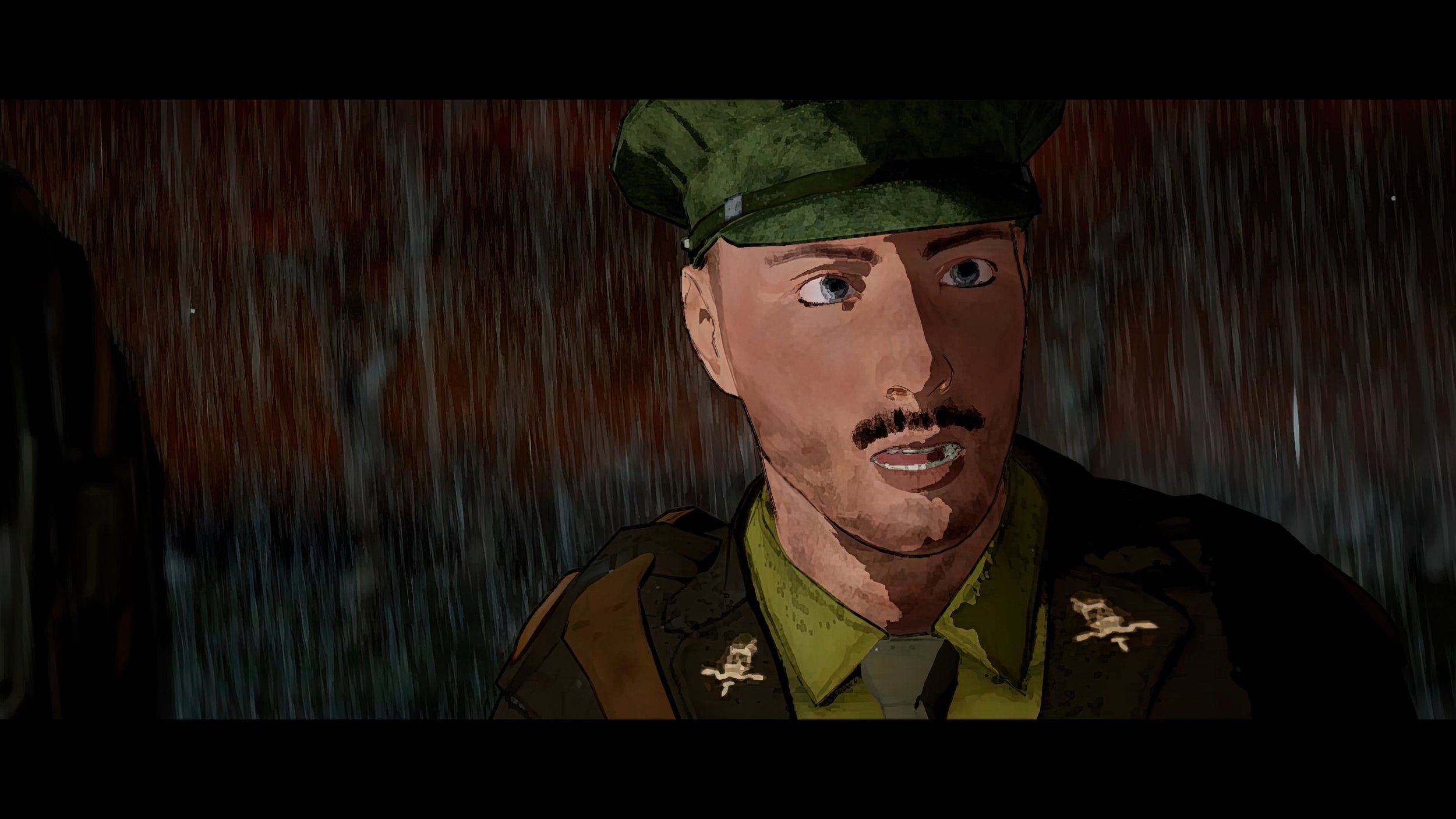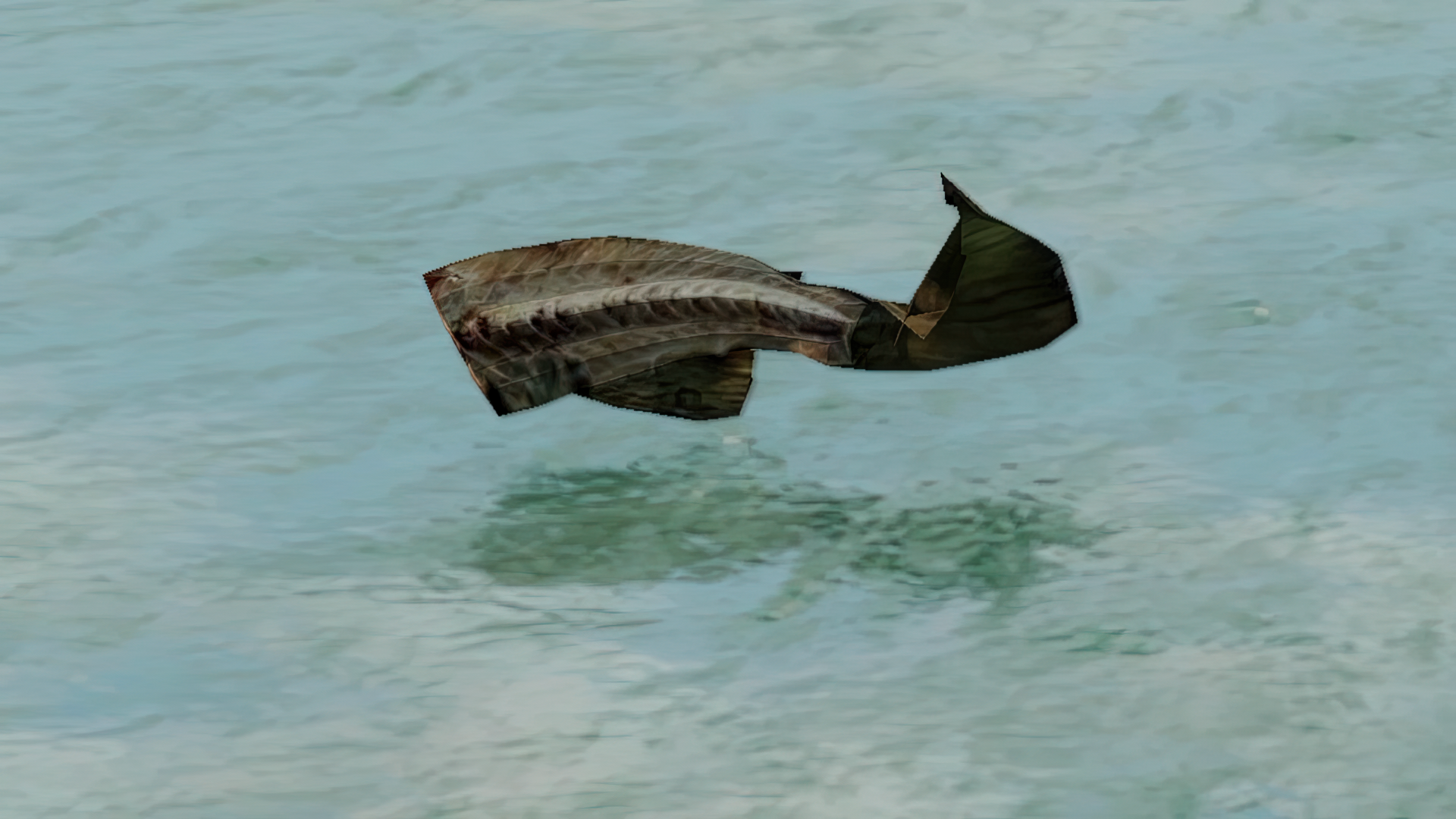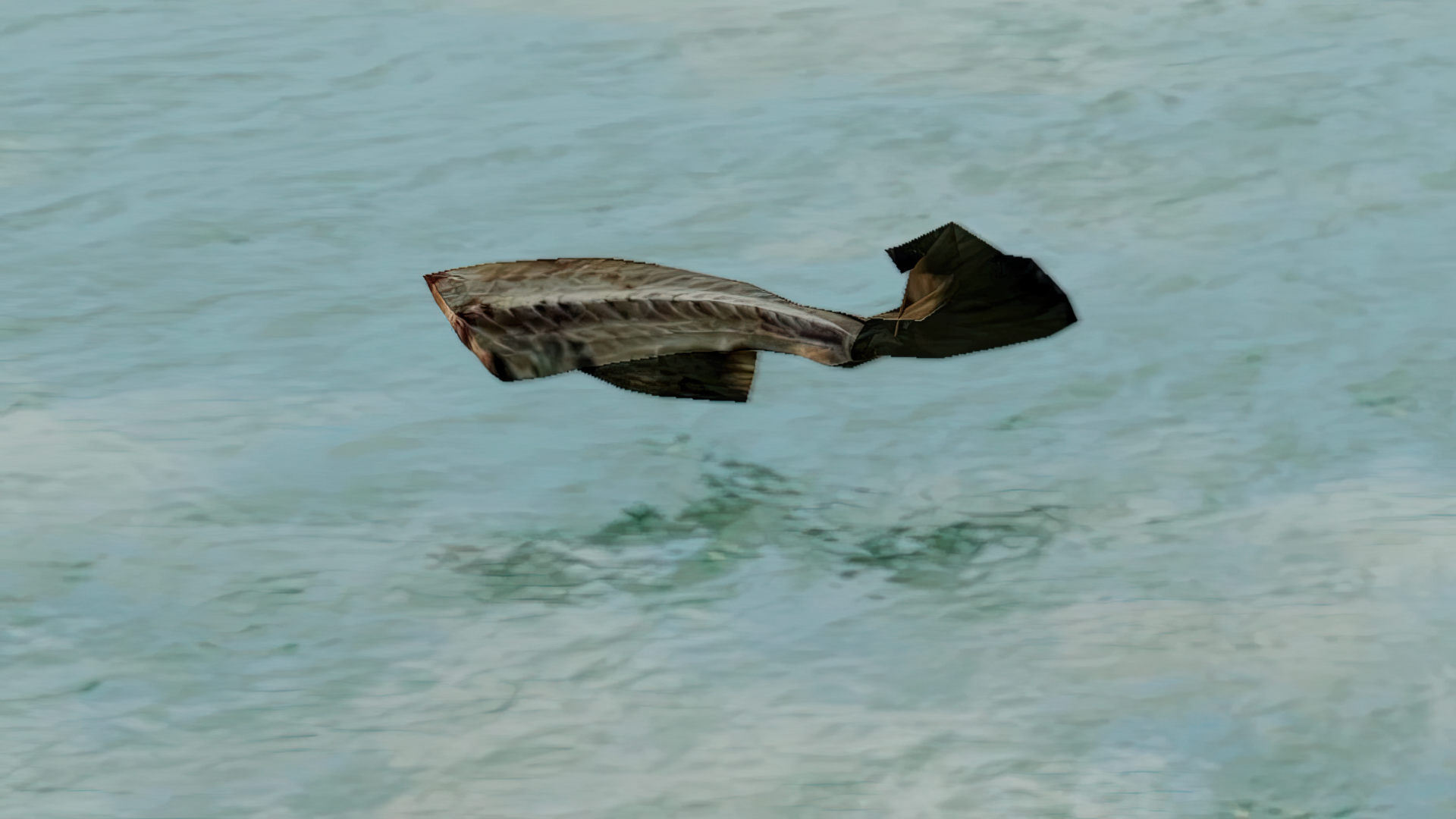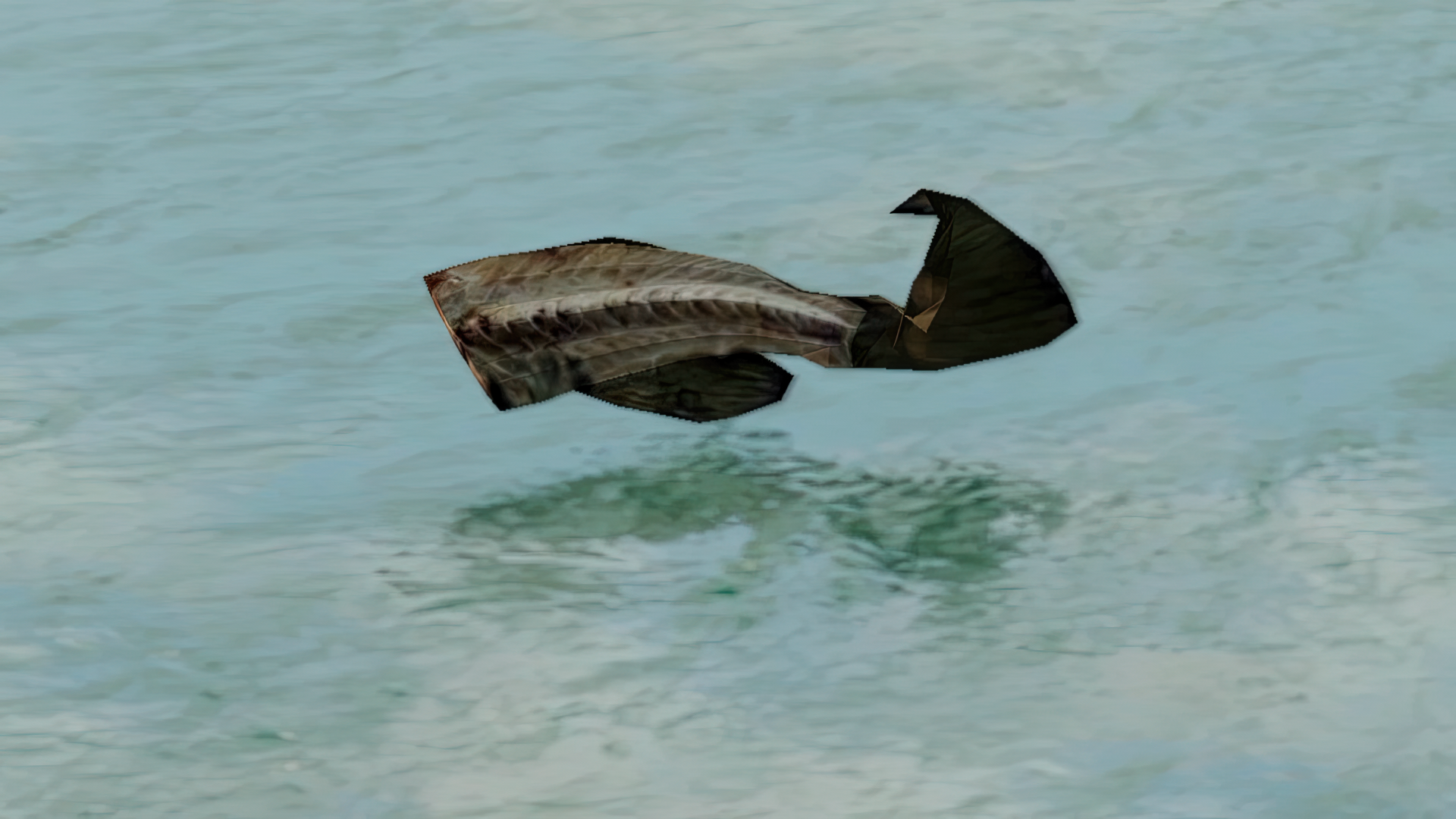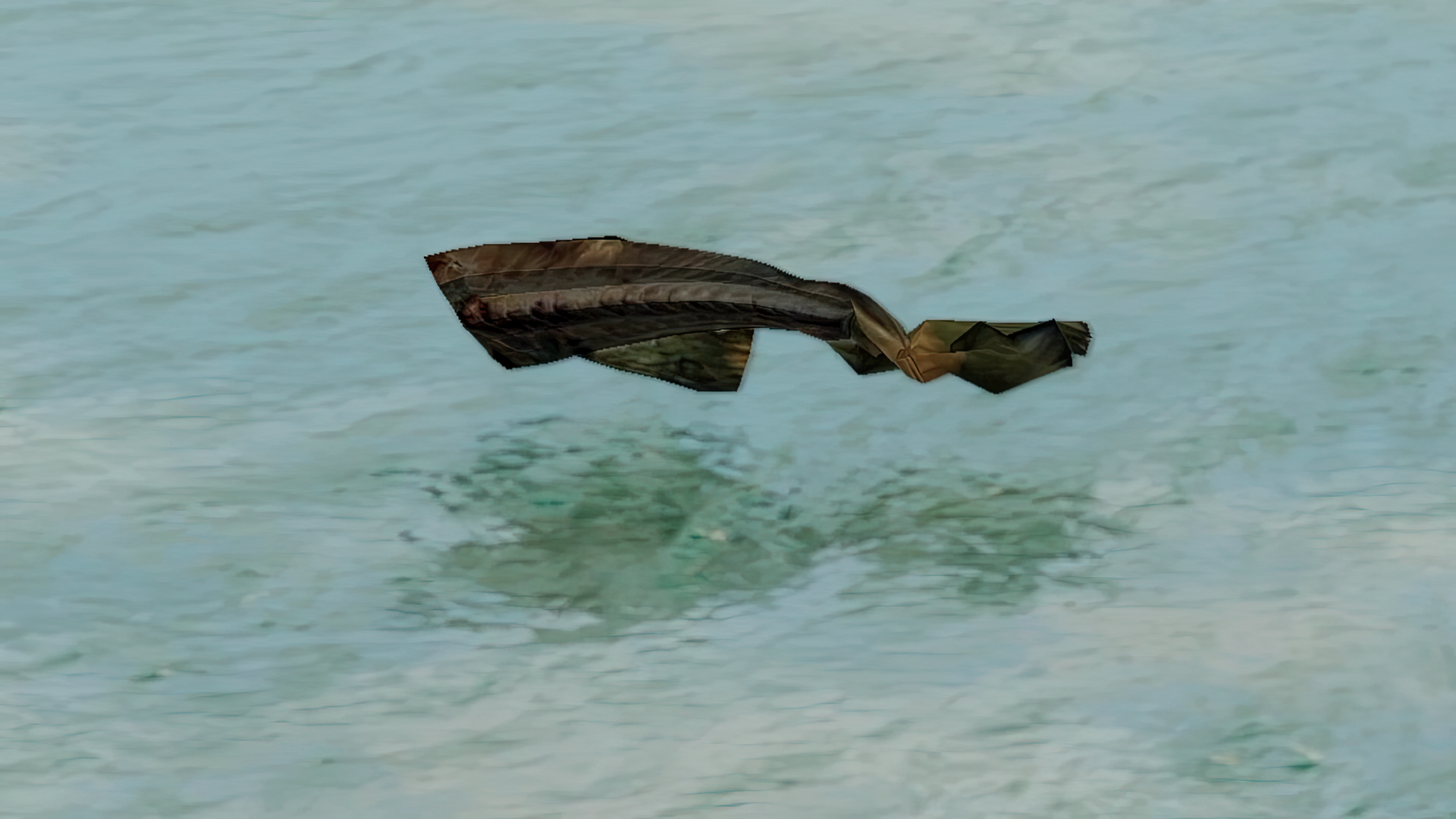VRAL is currently showcasing Chris Kerich’s latest project Three Impossible Worlds. To accompany the exhibition, we are discussing several artworks that comprise his oeuvre. Today, we examine his series Dynamic Kinetic Sculptures.
PATREON-EXCLUSIVE CONTENT
〰️
PATREON-EXCLUSIVE CONTENT 〰️
Like the previously discussed Piles(2018), Dynamic Kinetic Sculptures (2017) utilizes the mechanics of video games in unconventional ways in order to produce glitch art and reveal the underlying systems and hidden ideologies. However, whereas Piles employed violence and repetition to provoke discomfort, Keric’s previous work Dynamic Kinetic Sculptures taps into the joyful anarchy and broken physics of glitch art.
In this series, Kerich builds impossible vehicular constructions using the editor in the soft-body physics driving simulator BeamNG.drive. Vehicles are stacked, fused, and contorted into chaotic sculptures that burst into flames or cause extreme glitching of the physics engine when simulated. According to the artist, this project was inspired by the vernacular YouTube series Car Boys, in which the hosts push BeamNG to its limits to produce an absurdist, often hilarious spectacle.
BeamNG.drive is notable for its advanced soft-body physics simulation which allows vehicles to crumple, deform, and come apart in dynamic ways during crashes. Both Piles and Dynamic Kinetic Sculptures use exploitation of game systems against their intended purpose in order to surface hidden logics, biases and prerogatives. But whereas the former is painstakingly structured and demanding of both artist and viewer in terms of duration and access (it was originally livestreamed on Twitch for 22 hours), Dynamic Kinetic Sculptures embraces playful serendipity, shorter length, and post facto consumption. It follows in a lineage of glitch art that finds meaning in rupturing systems through technical abuse rather than programmatic critique.
And while Piles implicates masculinity and power relations in its repetitive symbolic violence, Dynamic Kinetic Sculptures has no such explicit agenda beyond visible chaos. In fact, the Car Boys inspiration anchors it firmly in the juvenile but often creative energy of tinkering that many first experience in childhood, usually coded ‘male’: like video games, automobiles are connoted as “boys’ toys”, that is, tools and technologies that promote masculine ideals of competition, power, status, domination, and aggression through play, often emphasizing technical mastery and…
Matteo Bittanti
Works cited
Chris Kerich
Digital Kinetic Sculptures
digital video/machinima, color, sound, various length, 2017, United States.
digital images, 2017, United States.
All images and videos courtesy of the Artist.
This is a Patreon exclusive content. For full access consider joining our growing community.

